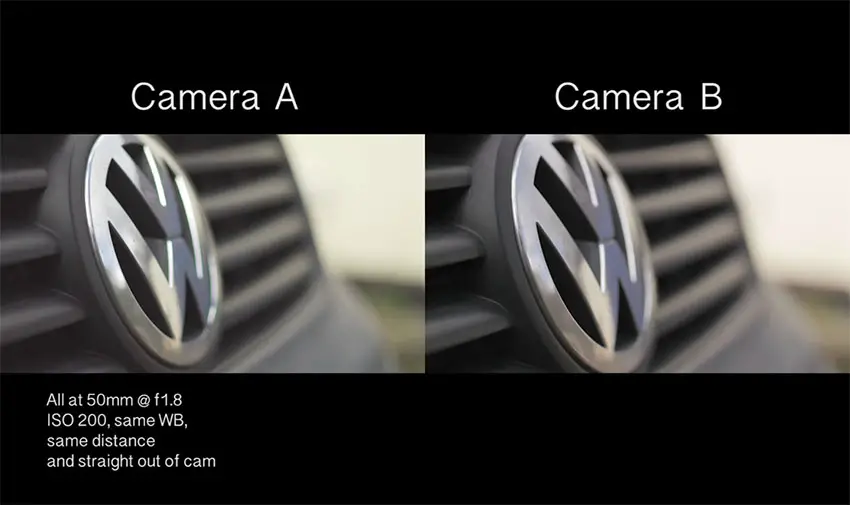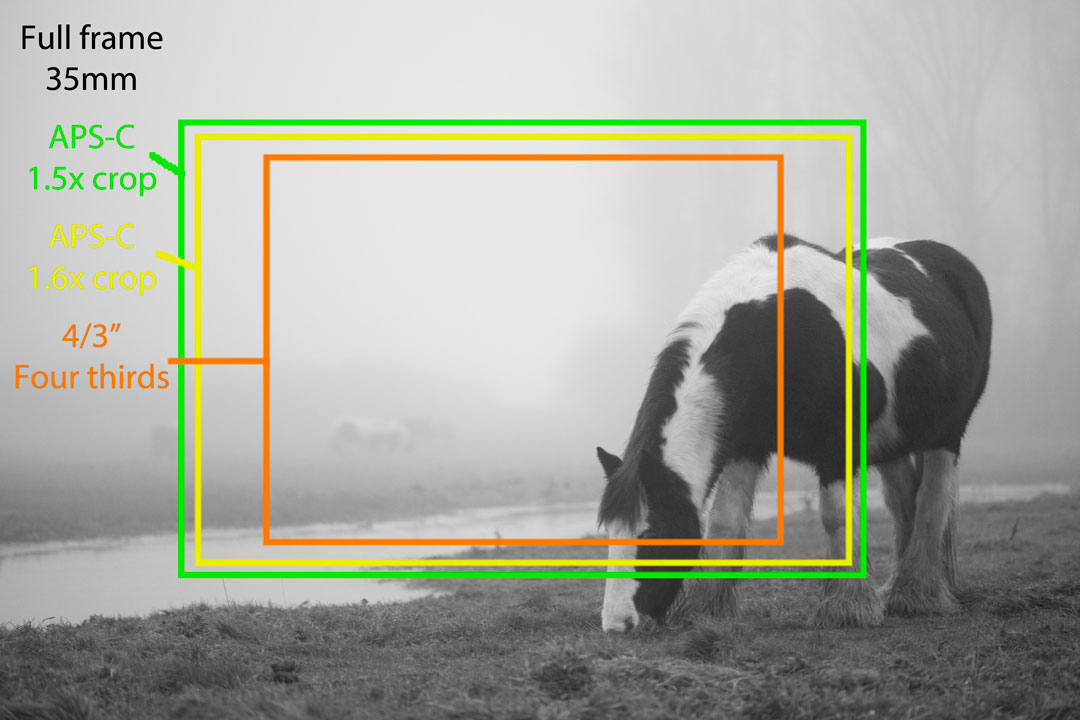

To be sure, I decided to bring both systems to compare during my next 6 months of running small-group, luxury photo tours around the world.

I was even Canon’s Australian Ambassador for 5 years and my company now owns more than $75,000 AUD worth of Canon equipment, so a change like this was a huge decision: Not only from Canon to Lumix and DSLR to mirrorless but also full-frame to crop-sensor. I’d been a dedicated Canon-fan since Australian Geographic bought me my first (film) SLR back in 2002. I was so impressed that by the end of the tour, I’d already bought the Lumix GH5 body and the Panasonic Leica telephoto lens online. There’s of course more to a good camera setup than just the ability to zoom in a long way and capture fine details in good light (mind you, for wildlife photography that is a major factor), so I borrowed his setup for a morning. I was reluctant to believe the results (see images below) until I’d studied the raw files on my laptop that evening, but when I did, there was no denying it – his lightweight mirrorless setup was actually capturing more detail – revealing finer whiskers than my DSLR! I suggested a rather unfair comparison: His $4,300 AUD, 1.7 Kg mirrorless setup (using a Panasonic Leica 100-400mm f/4-6.3 lens) Vs my $22,000 AUD, 5.2 Kg behemoth (I was using my Canon EF 200-400mm f/4L with inbuilt 1.4x extender) on the same sleeping lion. Admiring his photos and videos – both in terms of quality and utilization of features unavailable to me – my skepticism faltered. While running our Namibia and Botswana photo tour this May 2018, a tech-savvy guest introduced me to the new Panasonic Lumix GH5. Well, it turns out that times have changed.
Full frame vs micro 4 3 pro#
Who wants to peer through a viewfinder at an electronic screen, and how could such tiny sensors and lenses compete with my monstrous pro DSLR setup which draws such universal nods of respect? If you were on a tight budget or couldn’t handle the weight of a ‘real camera’ or didn’t need the best clarity then sure, but otherwise, a DSLR – ideally full-frame and either Canon or Nikon – was widely considered to be the only serious option. Having just made the swap from Canon’s top-of-the-line pro DSLR the EOS-1D X Mark II to the Lumix GH5 mirrorless Micro Four Thirds, I’m surprised to find I’m already late to the mirrorless party. Today, exactly the same story is playing out between DSLRs and mirrorless cameras. Eventually, even those who scoffed it’d never be good enough finally accepted reality and never looked back. Like rats from a sinking ship, most photographers - including myself - were quick to abandon film to embrace digital. Why mirrorLess is more and DSLR’s are dead!


 0 kommentar(er)
0 kommentar(er)
